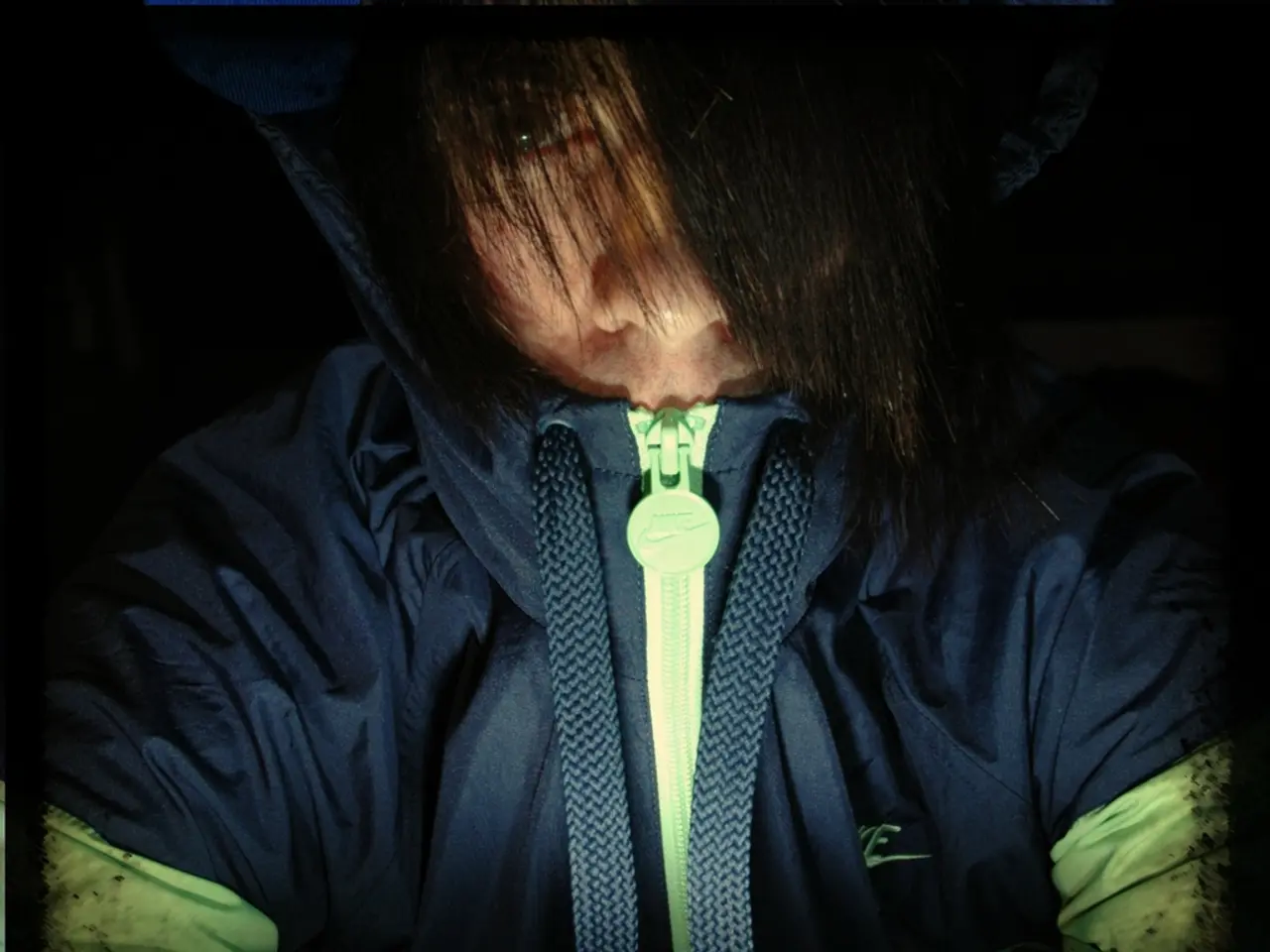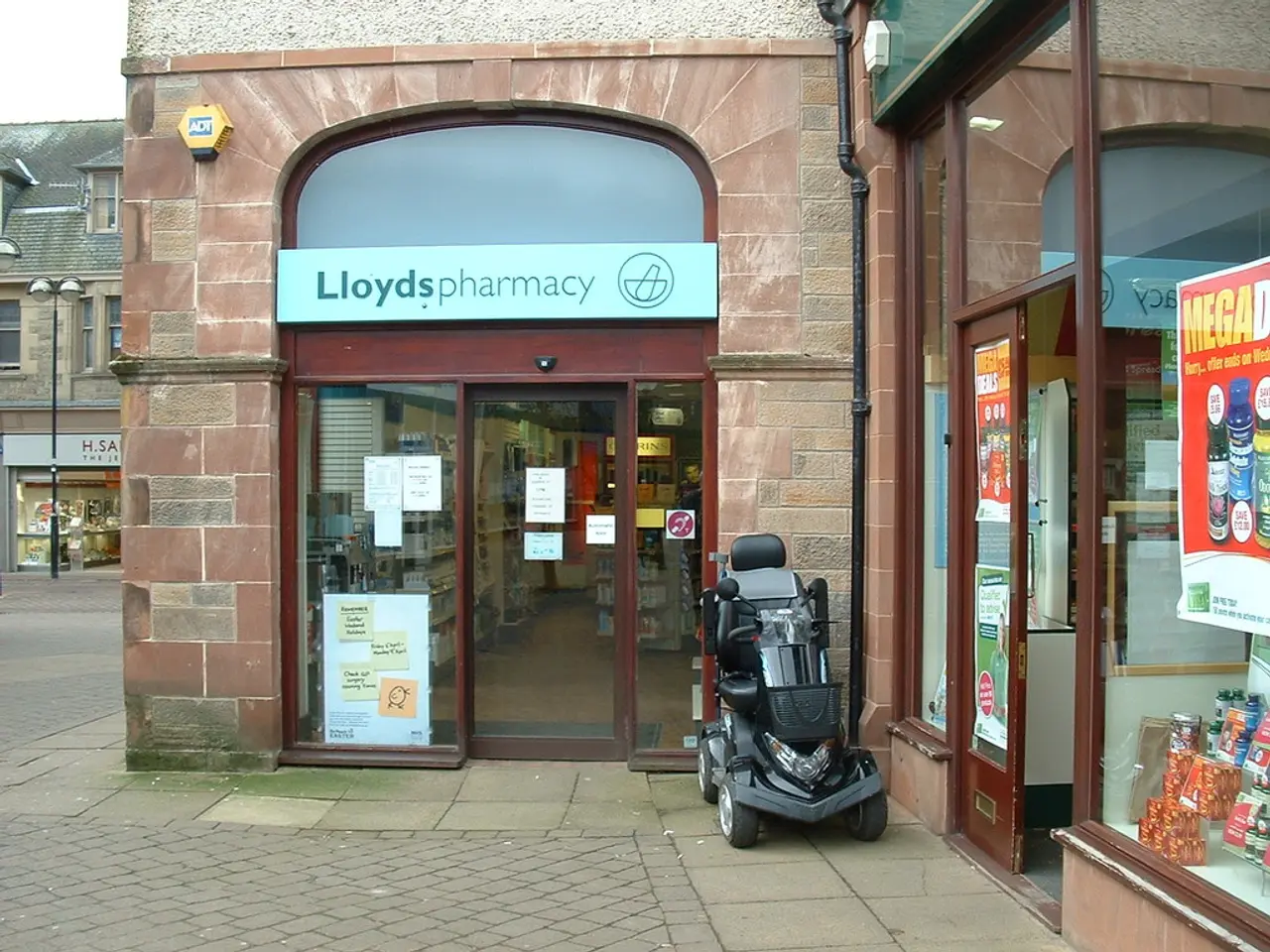Understanding Keratin Accumulation in Hair Follicles and Keratosis Pilaris
In a bid to manage the common skin condition known as Keratosis Pilaris (KP), a chronic condition with no known cure, a combination of regular exfoliation, moisturizing, and gentle skincare is key.
Keratosis Pilaris affects children and young adults, with an estimated prevalence of 50-70%. Characterised by small, rough bumps on the upper arms and thighs, KP occurs when excess keratin, a natural protein responsible for skin, nail, and hair health, blocks the openings of hair follicles, leading to the "chicken skin" appearance.
While over-the-counter treatments and home remedies can help in mild cases, severe, painful, or non-improving KP may require the attention of a doctor or dermatologist. In such cases, they may prescribe topical retinoids or consider alternative options like laser hair removal or red light therapy.
Effective treatment options focus on exfoliation, moisturizing, and reducing inflammation to smooth the skin and lessen the rough, bumpy texture.
Keratolytic agents, such as alpha-hydroxy acids (e.g., glycolic acid, lactic acid), beta-hydroxy acid (salicylic acid), urea, and propylene glycol, help remove the excess keratin plugging hair follicles and smooth the skin surface. Gentle exfoliation through topical products combining chemical exfoliants (like AHAs and BHAs) with physical exfoliants and soothing ingredients enhances texture without excessive irritation.
Moisturizers, often incorporated with exfoliants or used alongside exfoliation to reduce irritation, combat dryness and improve skin barrier function. First Aid Beauty KP Bump Eraser Body Scrub, containing 10% AHA plus calming ingredients and moisturizers, is a highly recommended option.
Laser hair removal has emerged as an effective procedural option by targeting hair follicles and disrupting hair growth, which can decrease the bumps and improve skin smoothness. Red light therapy, particularly using near-infrared wavelengths (around 810 nm), shows promise in reducing inflammation and improving skin texture after multiple sessions. However, these treatments are best combined with gentle exfoliation and moisturization rather than used alone.
Treatments are often tailored depending on skin type, severity, and patient preference, with emphasis on gentle skincare to avoid irritation, which can worsen KP. Lifestyle tips for managing KP include wearing breathable clothing, using gentle cleansers and exfoliators, avoiding hot showers, moisturising frequently, and avoiding harsh scrubbing.
Consistency and gentle care are essential to improving skin appearance in keratosis pilaris. While KP may worsen during winter months due to cold, dry air, it can improve over time during adulthood, but some may continue to have flare-ups, especially in drier and colder seasons. KP is believed to have a hereditary link, with a 1 in 2 chance of being passed on if one parent is affected.
In conclusion, the most effective approach combines regular use of keratolytic exfoliants, moisturizing, and possibly advanced options like laser hair removal or red light therapy for persistent cases. With consistent skincare using gentle cleansers, chemical exfoliants, and regular application of emollients, the appearance and texture of KP can be significantly improved.
- Despite the lack of a known cure for Keratosis Pilaris (KP), focusing on a combination of regular exfoliation, moisturizing, and gentle skincare can help manage this common medical-condition.
- When over-the-counter treatments and home remedies prove ineffective for severe cases of KP, consider seeking help from doctors or dermatologists who might suggest topical retinoids, laser hair removal, or red light therapy.
- In the quest for effective KP treatment, consider incorporating keratolytic agents like AHAs, BHAs, urea, or propylene glycol into your health-and-wellness routine to help exfoliate, combat dryness, and improve the skin texture.




